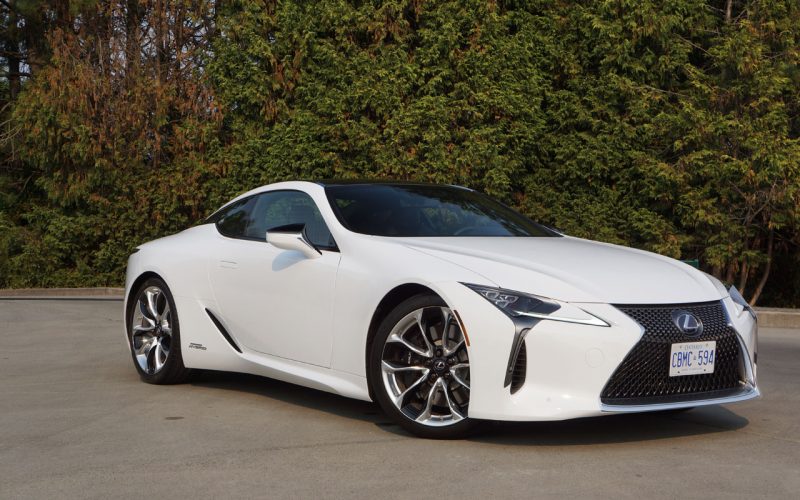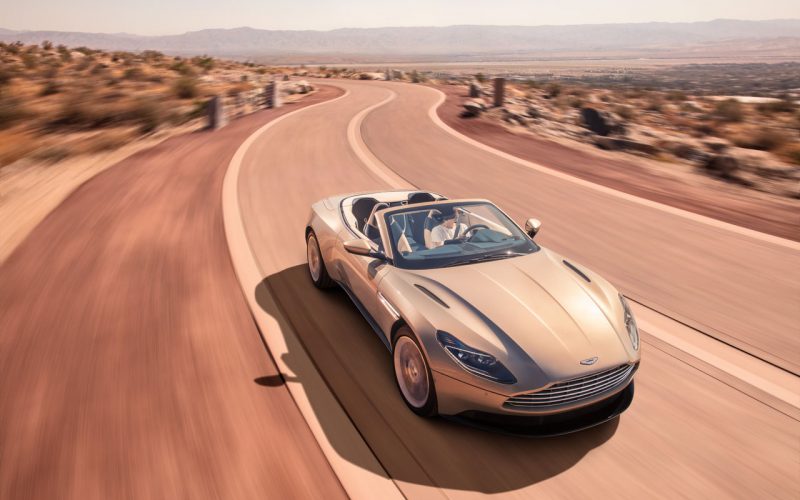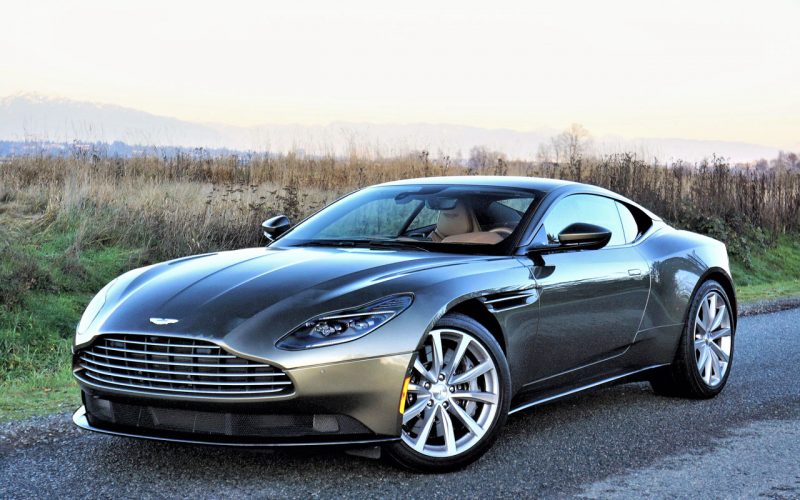
Reading Time: 14 minutesEvery luxury brand has models that sell in volume and therefore provide necessary income and hopefully

Reading Time: 6 minutesAston Martin has been revising its entire model range in recent years, with a dynamic new

Reading Time: 12 minutesMore than a year has passed since I drove Aston Martin’s then new 2017 DB11 Launch
© 2025 The Car Magazine. All Rights Reserved, Privacy Policy | Terms of Use